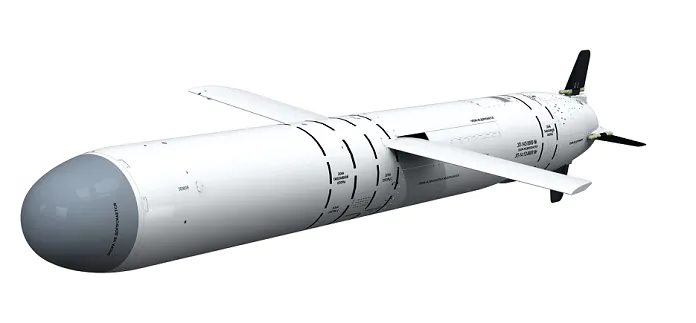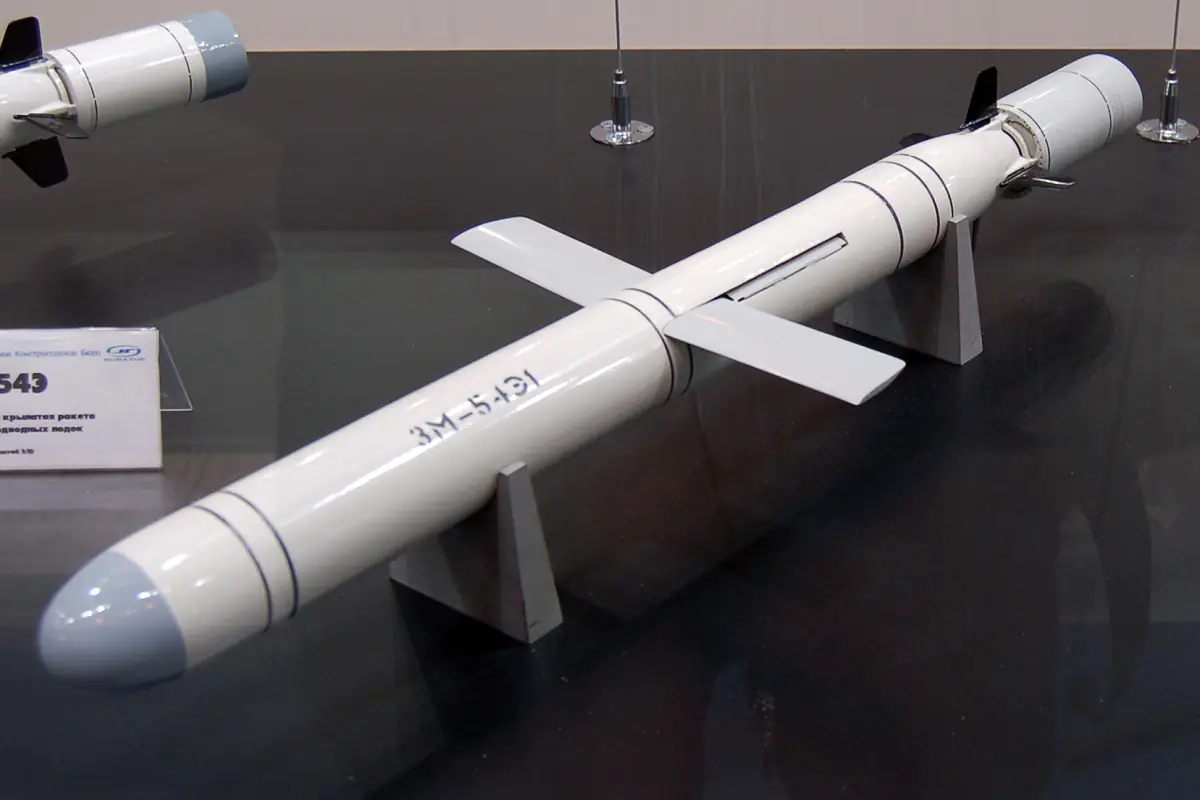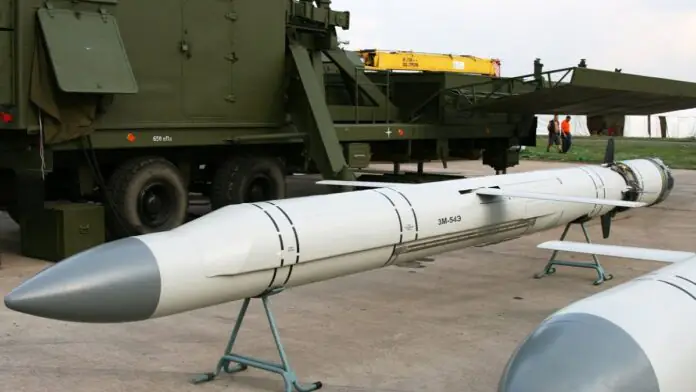© ROOT-NATION.com - Use of content is permitted with a backlink.
Indian media reports that India has signed a contract for an undisclosed number of anti-ship missiles for its Soviet-era Project 877 “Kilo” submarines. The reports suggest that the missiles are likely the anti-ship variant of the Kalibr missile, identified as 3M54, which has previously been supplied to the Indian Navy.
Regardless of the details of this contract, which have not been publicly disclosed, the situation is notable and concerning. In essence, India is acquiring Russian-made cruise missiles without apparent concerns about potential Western sanctions.

Open sources provide information only about the export versions of the Kalibr anti-ship missiles, with the following specifications:
- 3M54E: Fuselage length of 8.22 meters, launch weight of 2000 kg, including a 200 kg warhead, and a launch range of up to 200 km.
- 3M54E1: Fuselage length of 6.2 meters, launch weight of 1500 kg, and a launch range of up to 300 km.
Both variants feature a combined guidance system, integrating a radar homing head and an inertial navigation system.
According to data from the Missile Threat project at the CSIS analytical center, Kalibr anti-ship missiles are not new to India—India received some of these missiles as early as 1999. They have already been used to arm Project 877 “Kilo” submarines and Talwar-class frigates.
It is also reported that Russia has exported the 3M54 Kalibr missiles to Vietnam, Algeria, and China, with China even creating a copy of the missile called the YJ-18.

However, the key issue lies elsewhere. If the information spread by Russian propagandists is accurate, and India does indeed plan to acquire 3M54 Kalibr anti-ship missiles for its Kilo submarines, it will mark the first export contract for Russia’s defense industry since February 2022.
Moreover, the Indian side appears to be unconcerned about potential sanctions from the U.S. and other Western countries, despite actively purchasing their weapons. This could, in turn, provide Russia with an opportunity to regain its footing in the global arms market.
Read also:
- Norwegian F-35s Intercepted Russian Aircraft Near NATO Airspace
- Leonardo and Baykar Discuss Potential Collaboration in UAV Development


